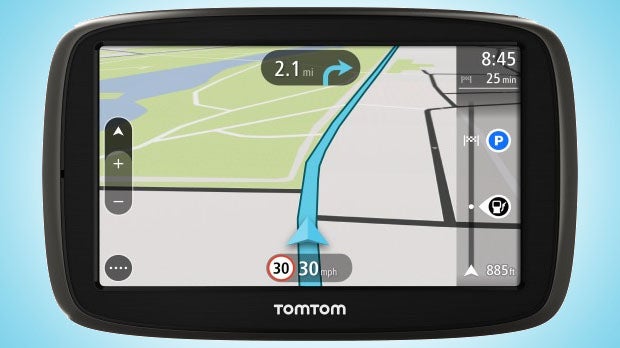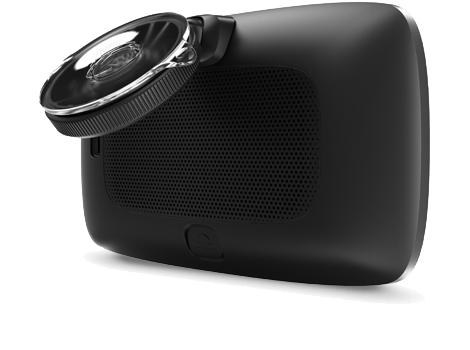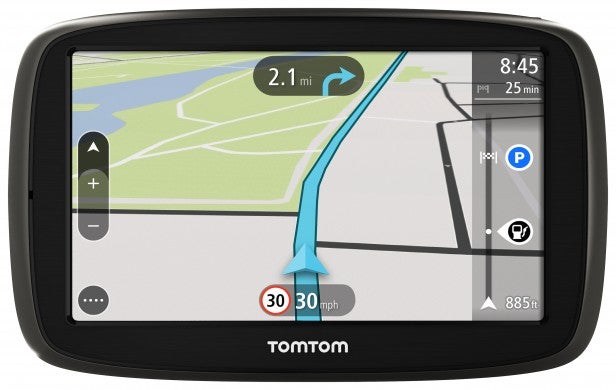TomTom Start 50 Review
TomTom Start 50
The Start 50 brings TomTom's latest redesign to its budget range

Sections
- Page 1 TomTom Start 50 Review
- Page 2 Navigation, New Map Screen and Verdict Review
Verdict
Pros
- Maps for 45 European countries
- Lifetime maps
- Streamlined new menu design
Cons
- TomTom's GO 40 offers live traffic for the same price
Key Specifications
- Review Price: £139.99
- 5-inch widescreen with 480 x 272 pixels
- Combined address and points of interest search
- Maps for 45 European countries with lifetime updates
- 3 months of speed camera updates
- Integrated mounting system
What is the TomTom Start 50?
The TomTom Start 50 is the 5-inch model from the company’s latest entry-level range. It has been a while since we have seen a new TomTom Start, which up until now had not moved over to the wholesale redesign inaugurated by the GO 500 just over a year ago. So the overall look and feel has changed a lot compared to the Start 60 of two years previously, and there are some competitive new features too.
TomTom Start 50 Review – New Features and Design
Probably the most significant feature enhancement across the new Start range is that all models now come with lifetime map updates. TomTom claims this means at least four or more full updates a year will be available, so you won’t need to pay any more to keep the mapping current. With maps for 45 European countries on board, this is a valuable new feature, although Garmin has been offering a similar facility with virtually all its sat-navs for a while too.
SEE ALSO: Best Sat-Nav Roundup

However, whilst the lifetime map updates are the most significant change in features, they won’t be what you notice first if you have used an earlier TomTom device. The whole design has been radically recreated, with the device itself much more rounded. The integrated mount can easily be switched from one edge to the other, so the sat-nav can be situated hanging down from your windscreen or on top of your dashboard.
The menu and map are completely different, too. The previous generation offered a screen of icons, which would then lead to another screen of icons, and potentially another depending on the function. The new interface puts a sliding ribbon of functions in the middle of the screen, with all the main requirements on the first page. You can search for a new destination, call up the details of the current route, access the list of saved destinations, and view or enable the waypoint routes you have created.

The second menu page merely has a couple of frequently-used points of interest categories – parking and petrol stations – plus the settings. But otherwise the destination search is unified, so entering keywords will bring up options from both the address and points of interest databases. The search is also across all the countries installed on the device, which will be useful when you are on a road trip across Europe.
The My Places saved destinations includes your predefined Home location, the list of recent destinations, and any favourites you have marked. That is pretty much the extent of the options here. The Start 50 doesn’t have any extra travel information databases or live services, and these can’t be added on later. The only other facility is the aforementioned My Routes section, where multi-waypoint journeys can be defined, saved, and loaded.
Overall, we like the new menu system, as it lets you get to the features you most frequently use very quickly. The primary function you need to get to grips with is that simply tapping the map no longer invokes the menu. Instead, a circle containing three dots performs this function. Otherwise, the interface is very intuitive, and has clearly undergone a fair amount of user-focused design and testing.


